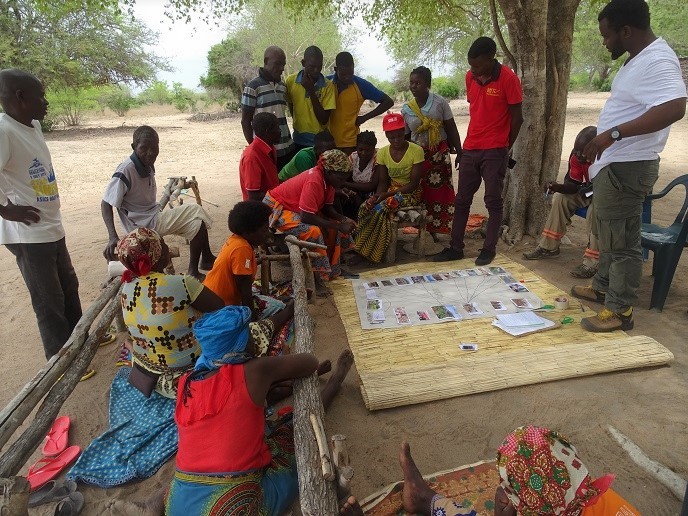Plant and soil traits key to good growth
Legumes (like peas and beans) play a critical role in agriculture and natural ecosystems by improving plant growth and soil nutrient levels through nitrogen fixation. While it is well-known that non-legumes benefit from coexisting with legumes, the questions remains whether the reverse is also true. The aim of the 'Promoting legume-non-legume communities through plant and soil traits' (PROLEGSO) project was to determine whether non-legumes help legumes thrive. It focused on identifying if this benefit was due to complementary resource use, reduced root damage or by increasing beneficial nitrogen-fixing bacteria and symbiotic fungi. Scientists found that legumes, such as clover, benefited from coexisting with slow-growing non-legume species that take up less phosphorus and potassium. However, planting mixed crops did not prevent legume roots from being eaten by nematodes (common soil pests). Experiments also showed that non-legumes can make soils better for legumes by promoting symbiotic organisms such as mycorrhizal fungi and rhizobia. However, this benefit only occurred in the presence of specific communities of mycorrhizal fungi. PROLEGSO outcomes may help the agricultural industry reap the productivity benefits of plant quality through stable mixed crops of legumes and non-legumes. This knowledge could help to make better use of natural plant diversity and reduce the need for unsustainable and environmentally harmful mineral fertilisers.
Keywords
Plant and soil traits, legume, plant growth, soil nutrient levels, nitrogen fixation, mycorrhizal







